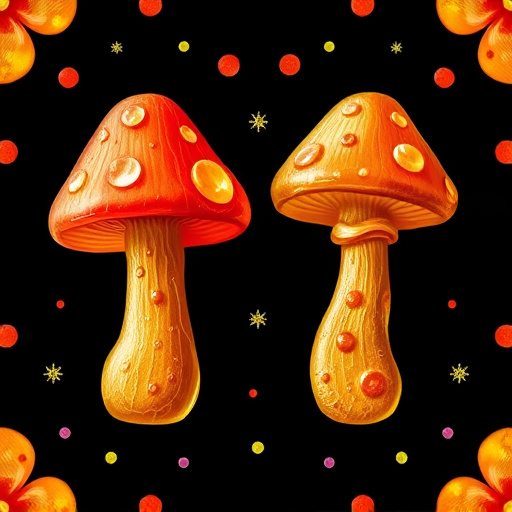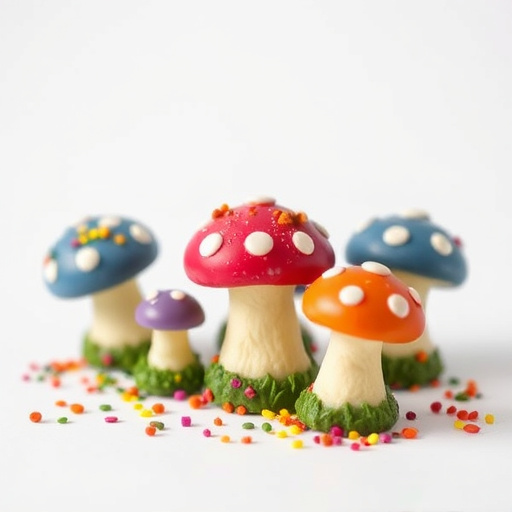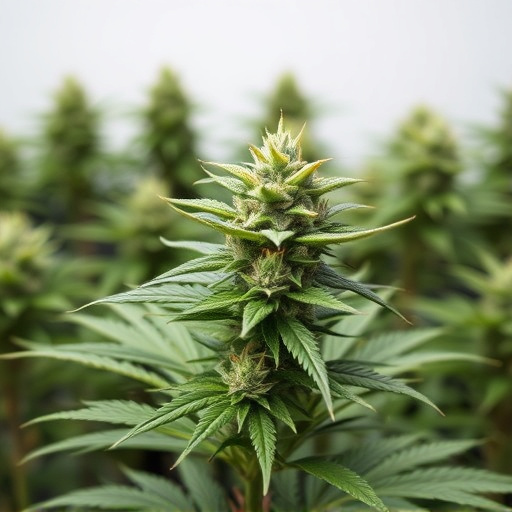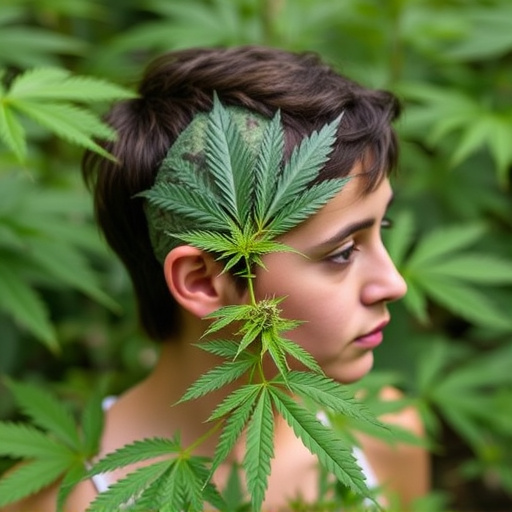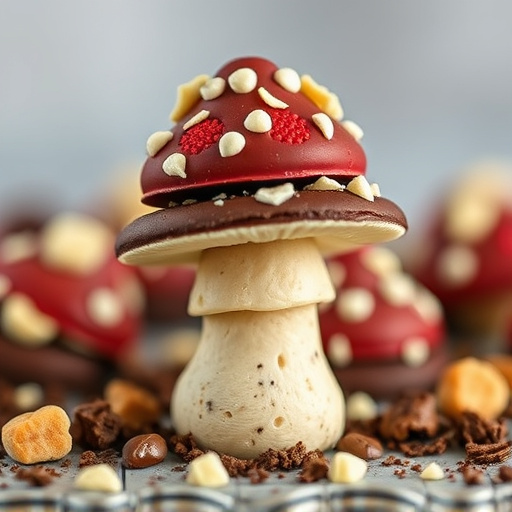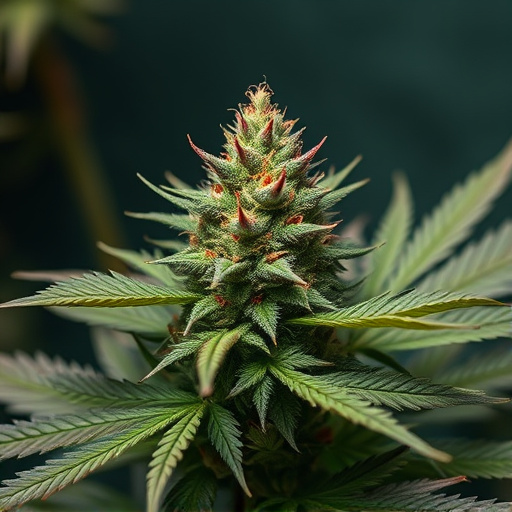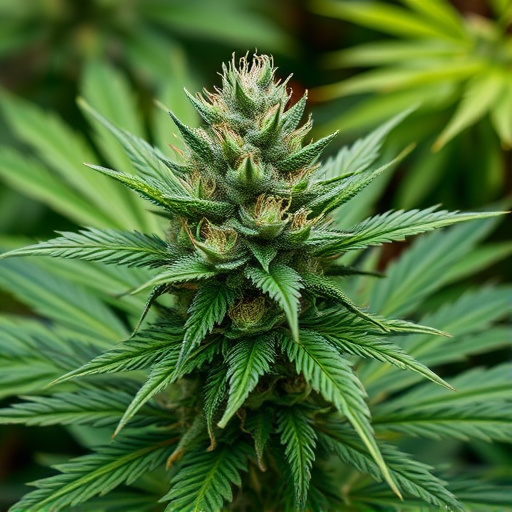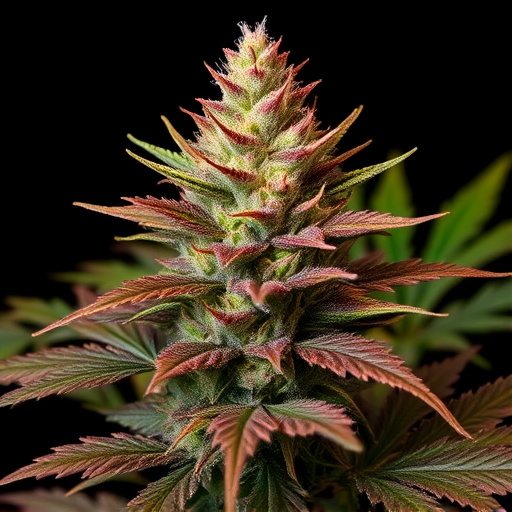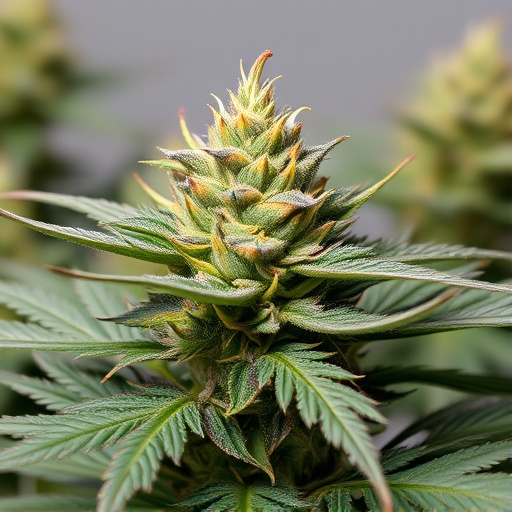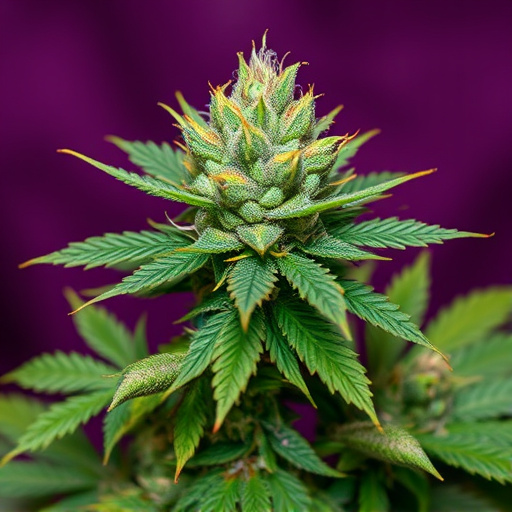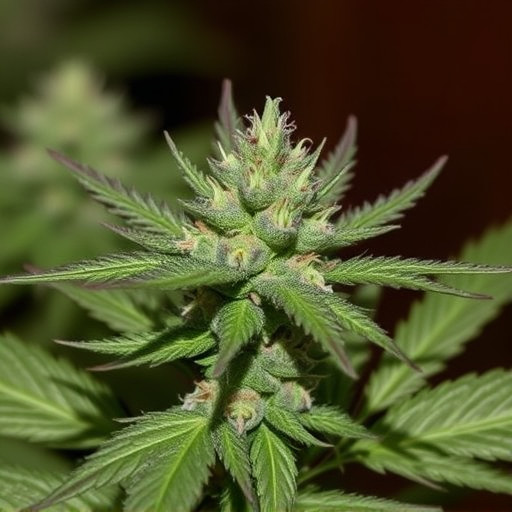Understanding rare cannabis strains is crucial for creating unique culinary experiences with tailored flavors and effects. These varieties, from relaxing Indica to uplifting Sativa, offer nuanced tastes that can be enhanced through techniques like infusing oils or butter. Safe edible preparation requires low dosage starts (2.5-5mg THC) and patience for effects, as rare strains may have varying potency and cannabinoid profiles despite similar THC percentages. Always consult reliable sources and experts for informed experimentation with these unique varieties.
Discover the art of infusing cannabis into food with our comprehensive guide. Explore unique flavors and effects from understanding various cannabis strains, learn creative cooking techniques to harness the power of rare strains, and master safety considerations for dosages in edible preparations. Elevate your culinary experiences with these insider tips on navigating the world of rare cannabis strains.
- Understanding Cannabis Strains: Unlocking Unique Flavors and Effects
- Creative Cooking Techniques to Infuse Rare Cannabis Strains
- Safety Considerations and Dosage Guidelines for Edible Cannabis Preparations
Understanding Cannabis Strains: Unlocking Unique Flavors and Effects

Understanding the diverse world of cannabis strains is a crucial step in mastering the art of infusing cannabis into food. Each strain offers a unique combination of flavors and effects, ensuring a tailored experience for every palate and preference. Rare cannabis strains, in particular, are known for their distinct aromas and potent properties, making them valuable assets for culinary creations. For instance, Indica strains often provide a relaxing and calming sensation, perfect for evening infusions that promote a good night’s rest. Conversely, Sativa varieties offer uplifting and energetic effects, ideal for daytime cooking to boost focus and creativity.
By exploring rare cannabis strains, chefs and home cooks can unlock a range of flavors from earthy and herbal to fruity and floral. These subtle nuances can elevate the overall dining experience, allowing for precise control over the desired effect and taste profile in infused culinary delights.
Creative Cooking Techniques to Infuse Rare Cannabis Strains

When working with rare cannabis strains, creative cooking techniques become your secret weapon. These unique varieties often have distinct flavors and terpene profiles that can be enhanced or altered through culinary art. One innovative method is to incorporate live cannabis butter into dishes, allowing the active compounds to infuse directly into sauces, pastas, or baked goods. This technique not only preserves the delicate terpenes but also creates a smooth, evenly distributed effect.
Another approach is submerging ingredients in a cannabis-infused oil or butter during cooking. Rare strains with high THC content can be particularly potent when used this way, as the heat gently releases the compounds while preserving the original taste and aroma of the strain. From infusing olive oil for a savory twist on salads to drizzling cannabis-infused honey over pancakes, these culinary innovations allow you to explore the nuanced flavors of rare cannabis strains in delicious, edible forms.
Safety Considerations and Dosage Guidelines for Edible Cannabis Preparations
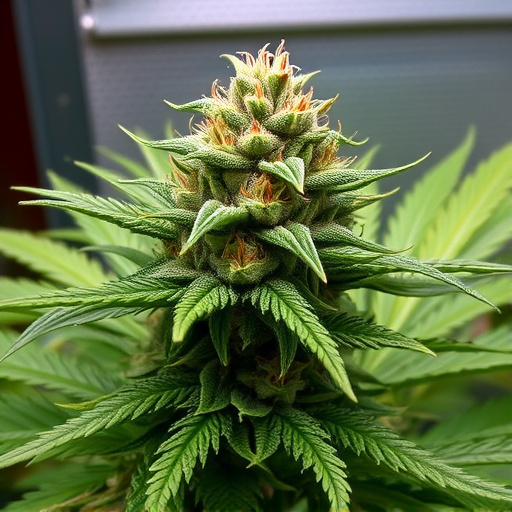
When infusing cannabis into food, safety should always be your top priority. Edible preparations can have a more intense effect than smoked cannabis due to how the body processes them. Different strains, even those with similar THC percentages, can vary greatly in potency and composition of cannabinoids and terpenes. This means what works for one person might not work for another. It’s crucial to start with a low dosage—typically around 2.5-5mg of THC per serving—and gradually increase until you find your sweet spot. Keep in mind that it can take up to two hours for edible cannabis effects to kick in, so be patient and consume responsibly.
When exploring rare cannabis strains known for their unique properties, remember that dosage guidelines are not one-size-fits-all. These strains often have lower THC levels but may contain elevated levels of other cannabinoids like CBD or CBG. While less potent than traditional “indica” or “sativa” varieties, rare strains can still pack a punch if dosed appropriately. Always consult reliable sources and consider seeking advice from cannabis experts to ensure you’re making informed decisions when experimenting with edible preparations.
In conclusion, understanding how to infuse cannabis into food involves a blend of creativity, knowledge of rare cannabis strains, and safety awareness. By exploring unique flavors and effects offered by these strains, you can craft culinary masterpieces that cater to various preferences and potential therapeutic benefits. Remember, proper dosage guidelines are essential for ensuring a safe and enjoyable experience. With the right techniques and precautions, incorporating edible cannabis preparations into your diet can be both an artful and beneficial endeavor.

